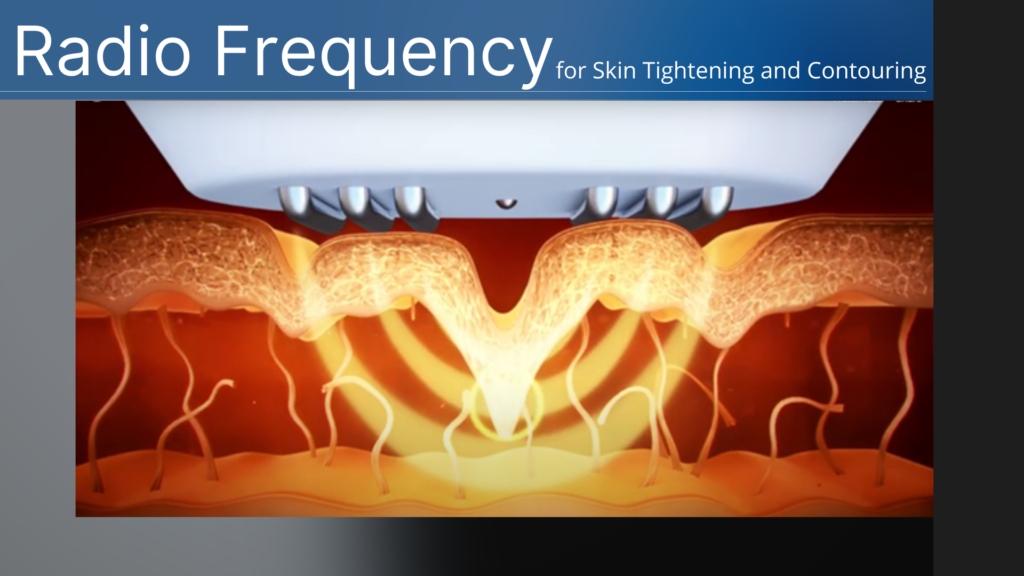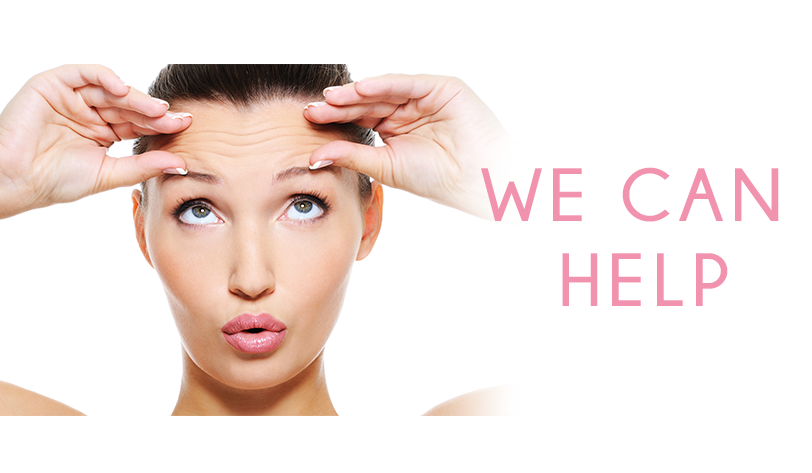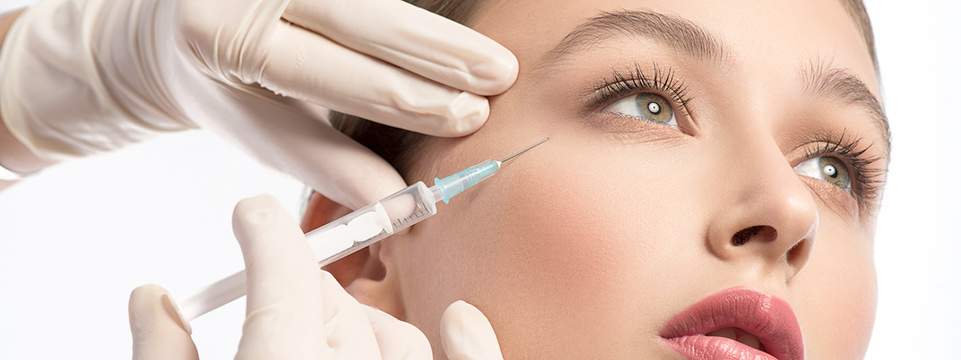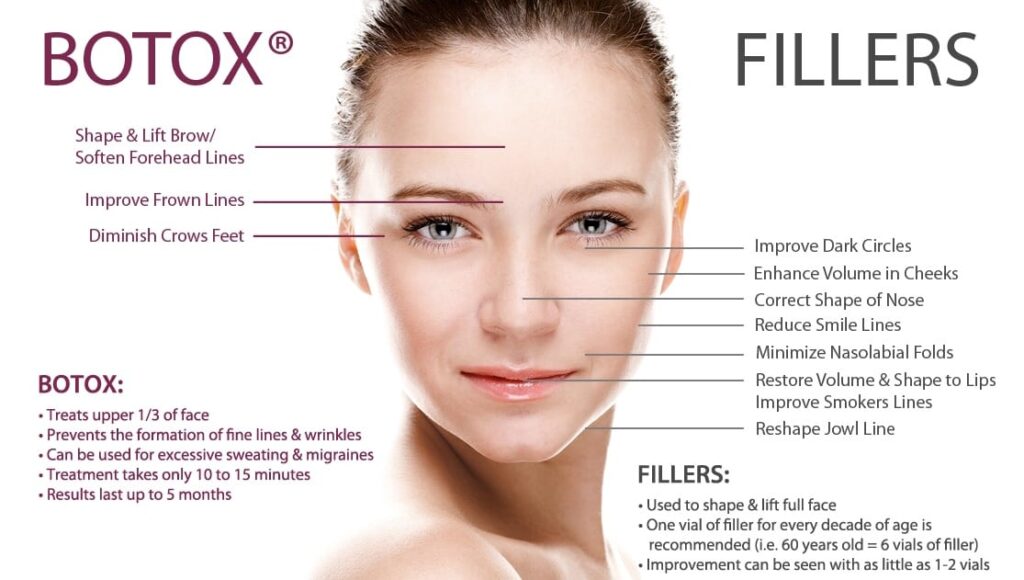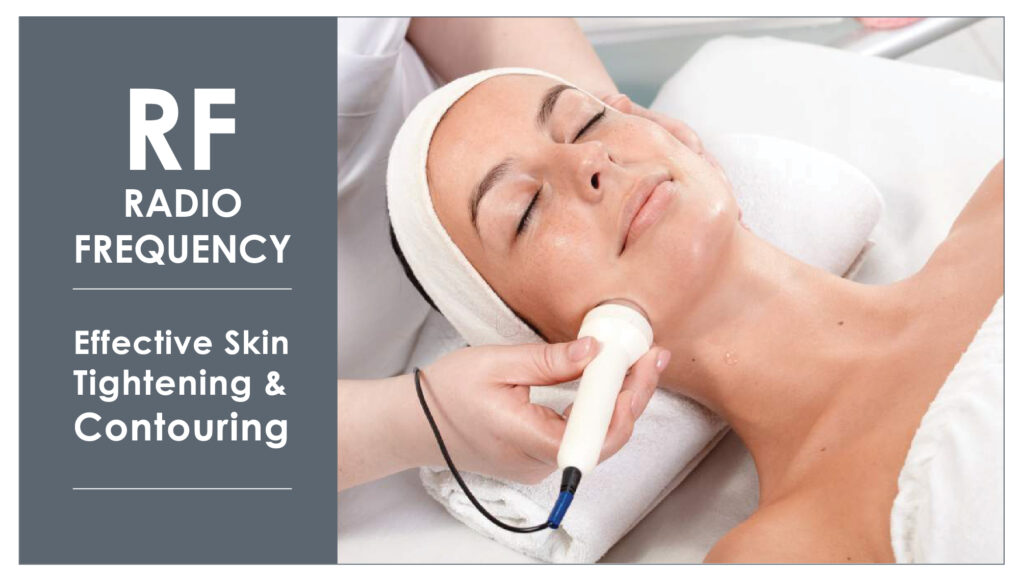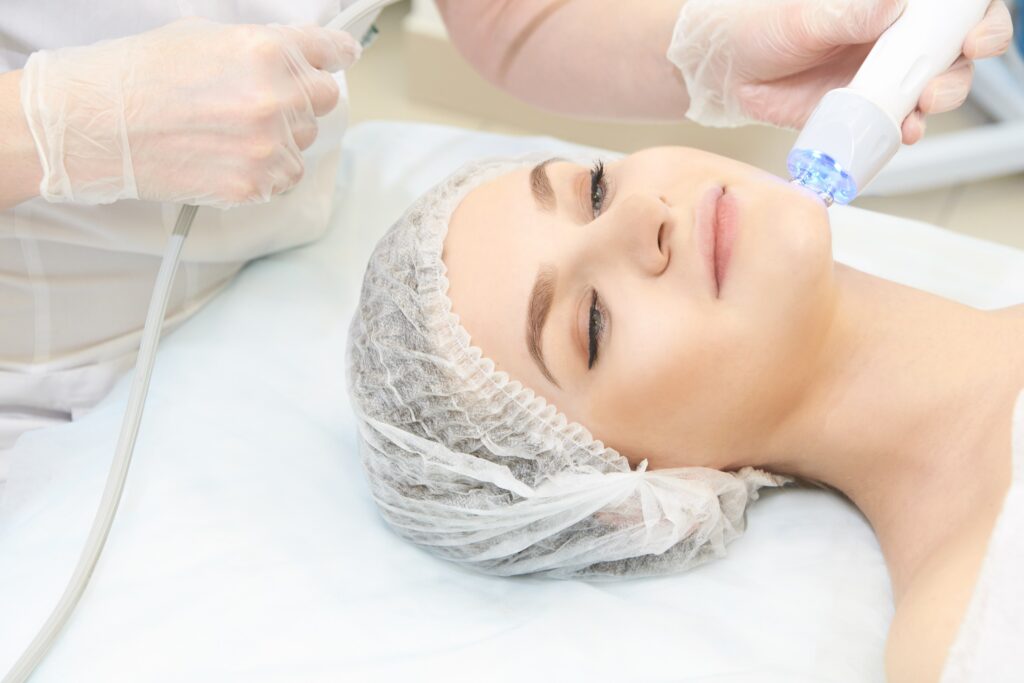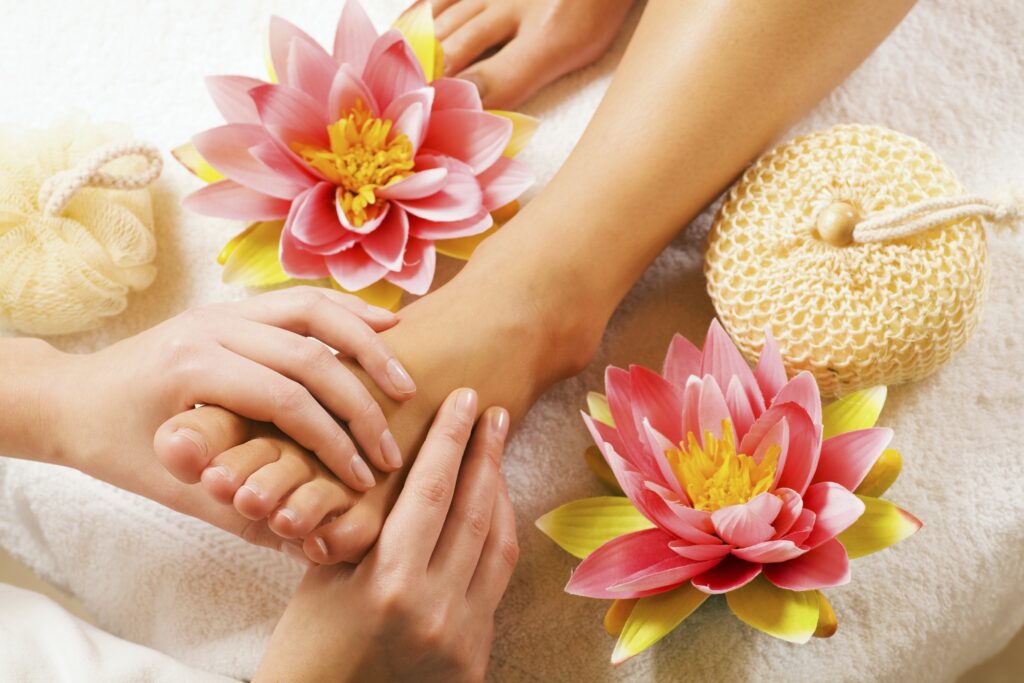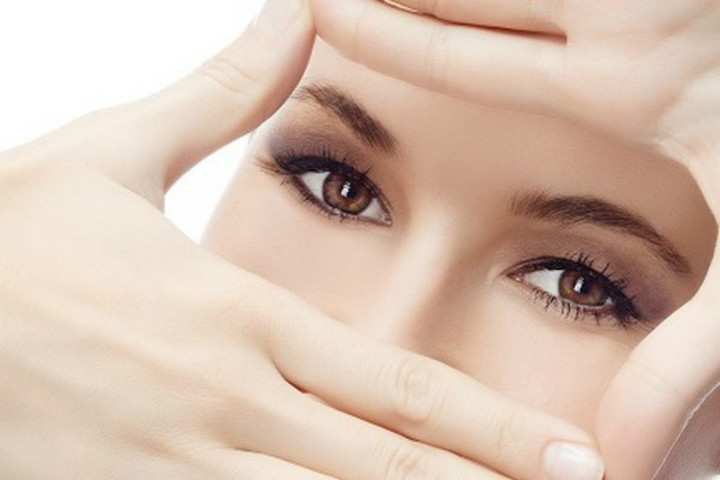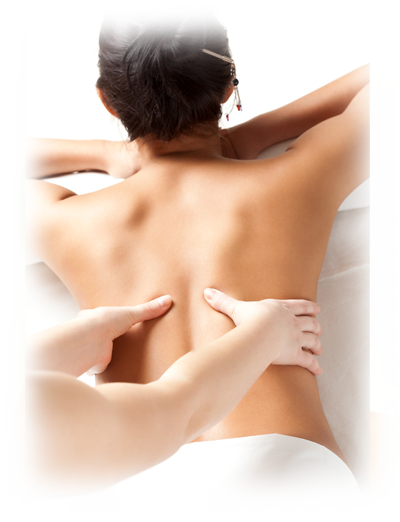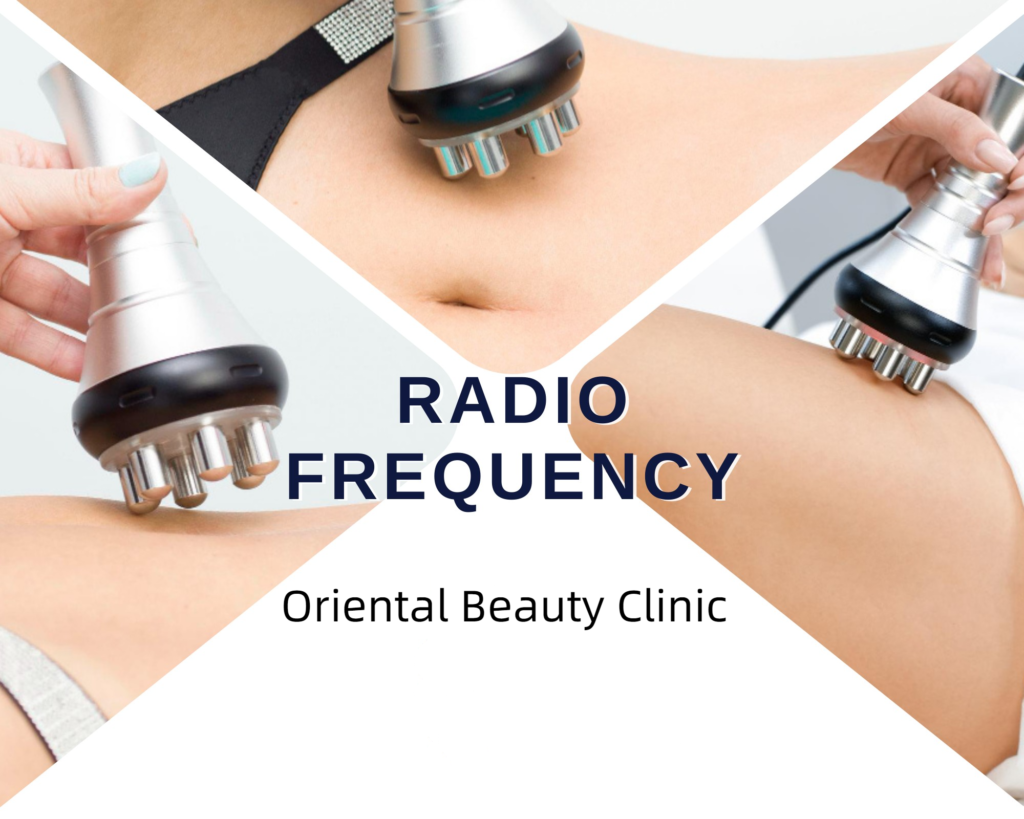
What is Ultrasound Cavitation and RF?
Ultrasonic Cavitation also known as Ultrasound Liposuction and Ultra Cavitation is a non-surgical fat removal procedure that uses scientifically proven non-invasive technology to break down unwanted fat whilst the radio frequency is a non-invasive heat treatment that helps tighten, contour and refine deeper lines of the skin over the face and body.
How does it work?
This treatment uses two types of technology
Ultrasound -uses low-frequency sound waves to heat and vibrate the layer of fat cells below the skin’s surface causing pressure, which eventually causes the fat cells to liquify and release their contents to be eliminated safely by the body.
And
Radio Frequency Technology – uses advanced technology that safely heats the deep layers of the skin causing collagen fibres to contract and remodel leaving skin more lifted and tightened. (Radiofrequency can be used for both the face and body)
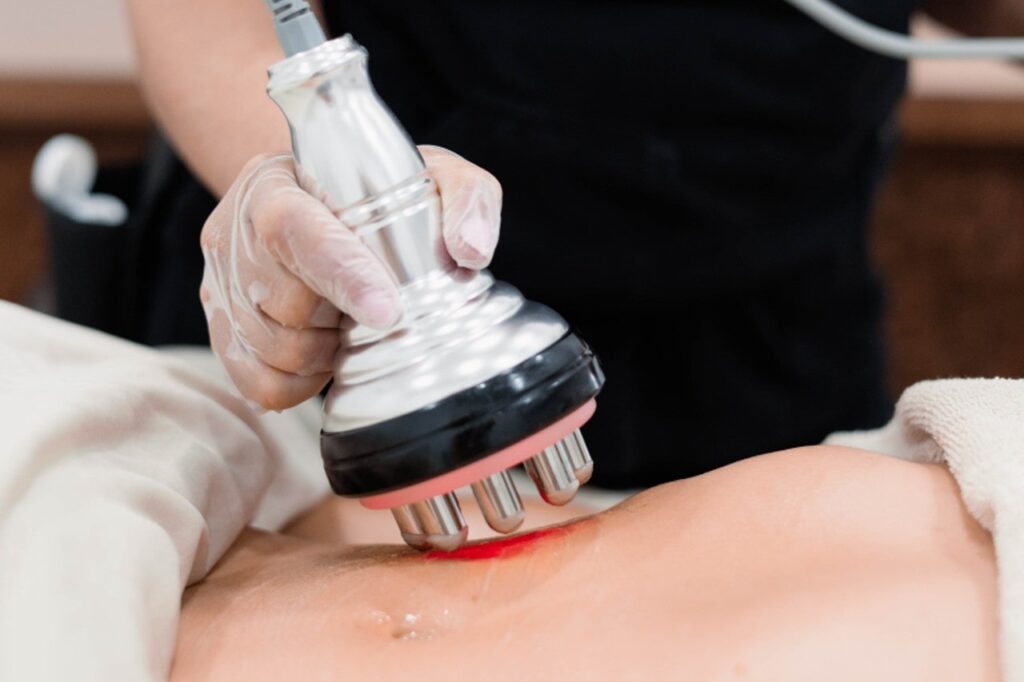
Radio killed the cellulite, fast. Multi-polar Radio Frequency Technology (or Multi-polar RF to save your breath) is a non-surgical skin rejuvenation treatment that blasts away stretch marks, cellulite and other deeply rooted skin issues without the need for anaesthetic. How?
We all know the drill; as we age, our skin loses elasticity as connective tissue (such as old friend collagen) begins to break down. Wrinkles, sagging and skin thinning set in, as does the longing for a baby-soft complexion. Enter Multi-polar RF. Also known as body contouring, this powerful treatment uses heat to penetrate fat.
Body RF uses proprietary technology to create a highly efficient and tightly woven energy matrix. This dense energy matrix penetrates multiple layers of the dermis heating it from the inside out. Complete skin penetration ensures exponentially improved clinical efficacy and products clearly visible results.
What areas can be treated?
Areas that can be treated include:
Abdomen
Hips
Love Handles/Flanks
Inner and Outer Thighs
Upper Arms/Bingo Wings
Bra and Backs Rolls
Buttocks
Chin
Face (RF )
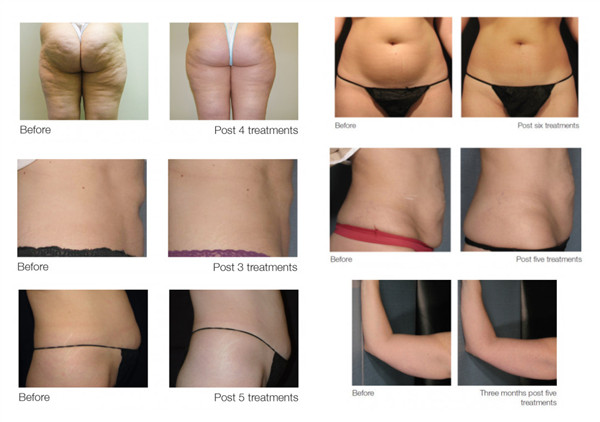
How long is the treatment?
Each session is around 40 minutes. Treating multiple areas is not advisable as the body has to work hard to remove the excess fat that is now passing through the Lymphatic system to the liver. Follow the rule, of one area, one treatment every 72 hours and you will see rapid results.
When will I see results?
Patients can expect to experience a reduction of several cm in circumference after the first treatment following Cavitation. Following RF some results will be seen immediately post treatment however the subsequent repair and remodelling of this deep collagen produces continuing effects over the next 3- 6 months.
How many treatments will I need?
The number of sessions depends on a patient’s age and skin condition. While you will see immediate results in the first session, it maybe necessary to have between 3 and 12 sessions for optimum results. Patients who go through a series of treatments will see an improvement each time the treatment is performed.
How long do results last?
To maintain the results it is important to follow a healthy low calorie diet and exercise regularly. It is also important to drink 8 glasses of water a day before and after the treatment. Fat elimination is accelerated by the amount of water your drink therefore, water is key component to eliminating the fat.
Who is suitable for Ultrasound Cavitation and Radio Frequency skin treatments?
Suitable for everyone. Please check that your BMI falls in the treatable range and should be no more than 30. Significant obesity is outside the treatment range for the contouring and styling effects of ultrasonic liposuction. Also some medical conditions and drugs will make some patients unsuitable to benefit from treatments.
